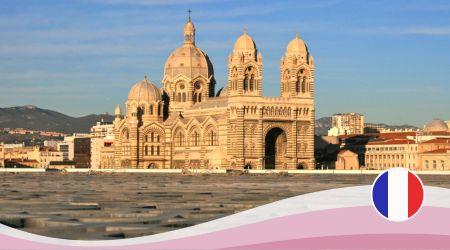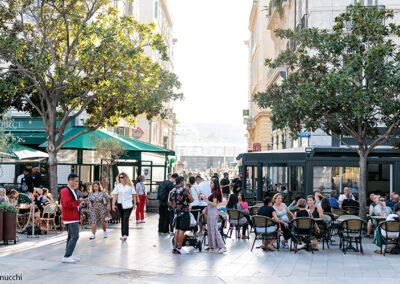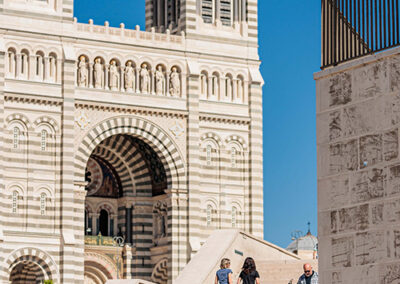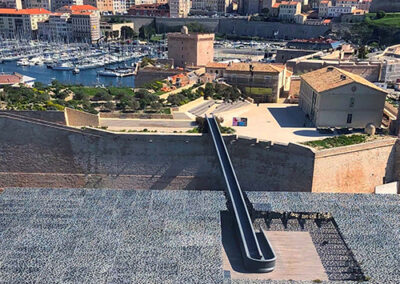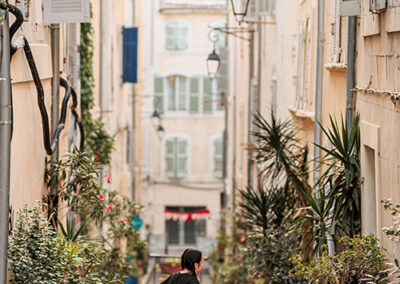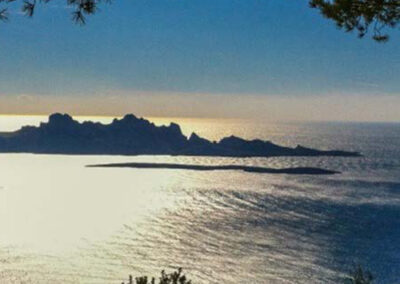Marseille is the metropolis of southeastern France and the second largest city by population in France. Founded around 600 B.C. by Greek sailors from Phocaea in Asia Minor, it is still known today as the “Phocaean City”.
The ambition of the governance of the City of Marseille is to work towards the development of a “fairer and greener” city. This ambition is reflected in the city’s proactive commitment to the fight against social, territorial and environmental inequalities, and to an ecological transition that can involve all residents.
With its sights set firmly on the future, Marseille’s future is now rooted in sustainable development, as demonstrated by the “Marseille 2030 Climate Objective” initiative, which is now the cornerstone of all the city’s public policies. In this respect, the new tourism strategy “Marseille, a sustainable and attractive destination: 2024-2030 strategy for the responsible development of tourism and leisure” provides the framework for renewed action by the city.

